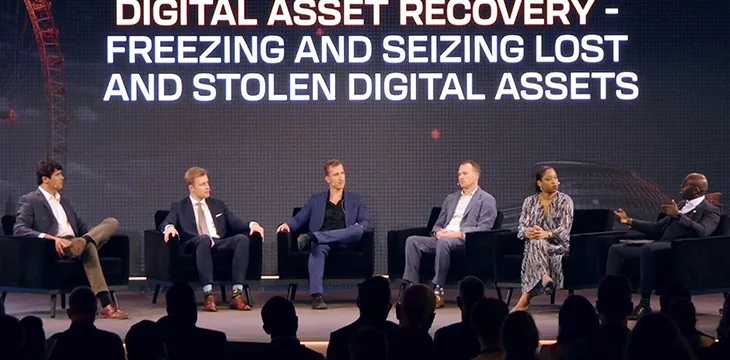All about Bitcoin Ordinals, Inscribed Satoshis and Taproot Wizards
The Bitcoin community has introduced Ordinals – a means of embedding images and media onto the blockchain.
Bitcoin now supports a feature called Ordinals, which allows users to publish on-chain media in a way comparable to non-fungible tokens or NFTs.
Ordinals are a method of embedding images and media onto the Bitcoin blockchain.
Ordinals were made possible by an upgrade to Bitcoin called Taproot, which was introduced in 2021. However, Ordinals were not adopted until blockchain developer Casey Rodarmor launched ordinary inscriptions in January 2023.
This add-on allows users to create inscribe satoshis – the smallest unit of Bitcoin – with content such as images, text or HTML code.
Ordinals are much like non-fungible tokens (NFTs) in that they contain media. However, they differ in one important way: all Ordinal data is stored on the chain.
In contrast, traditional NFTs on Ethereum and other blockchains usually contain a link to media stored elsewhere – either on a decentralized service such as IPFS or on a centralized service such as a web host or data server.
This means that Ordinals should be as permanent and resistant to data loss as Bitcoin itself, while NFTs can lose their associated media if a service failure occurs.
Ethereum and many other blockchains have moved to staking, which means that NFT transactions no longer require large amounts of energy.
However, Bitcoin still relies on the energy-intensive process of crypto-mining. As such, Ordinal transactions are just as demanding as similar Bitcoin transactions.
While Bitcoin will not end its reliance on mining, steps can be taken to ensure that mining is conducted in a sustainable manner. In fact, about 60% of Bitcoin mining is currently done with renewable energy, according to some recent estimates.
Ordinals can be viewed at Ordinals.com. As of February 26, more than 194,000 Bitcoin Ordinals existed, according to data from Dune Research.
One of the most popular Ordinal collections is Taproot Wizards, a series of 2099 wizards drawn in an “MS Paint” style. These are often used in profile pictures (PFP).
Litecoin, which is closely based on Bitcoin’s code, also supports Ordinals. As of February 25, it was 38,000 Ordinals on the Litecoin network.
You can buy Ordinals with a compatible Bitcoin wallet – namely the Sparrow wallet. There are very specific measures that users must take to avoid losing funds.
Furthermore, to sell or create Ordinals, users should run a Bitcoin full node.
While there are currently no major marketplaces where users can purchase Ordinals, this is expected in the future. New users may prefer to wait for such a marketplace to arrive, which will greatly simplify the process of Ordinal trading.
Disclaimer: the information herein is provided without regard to your personal circumstances and should therefore not be construed as financial advice, investment recommendation or an offer for, or solicitation of, transactions in cryptocurrencies.


